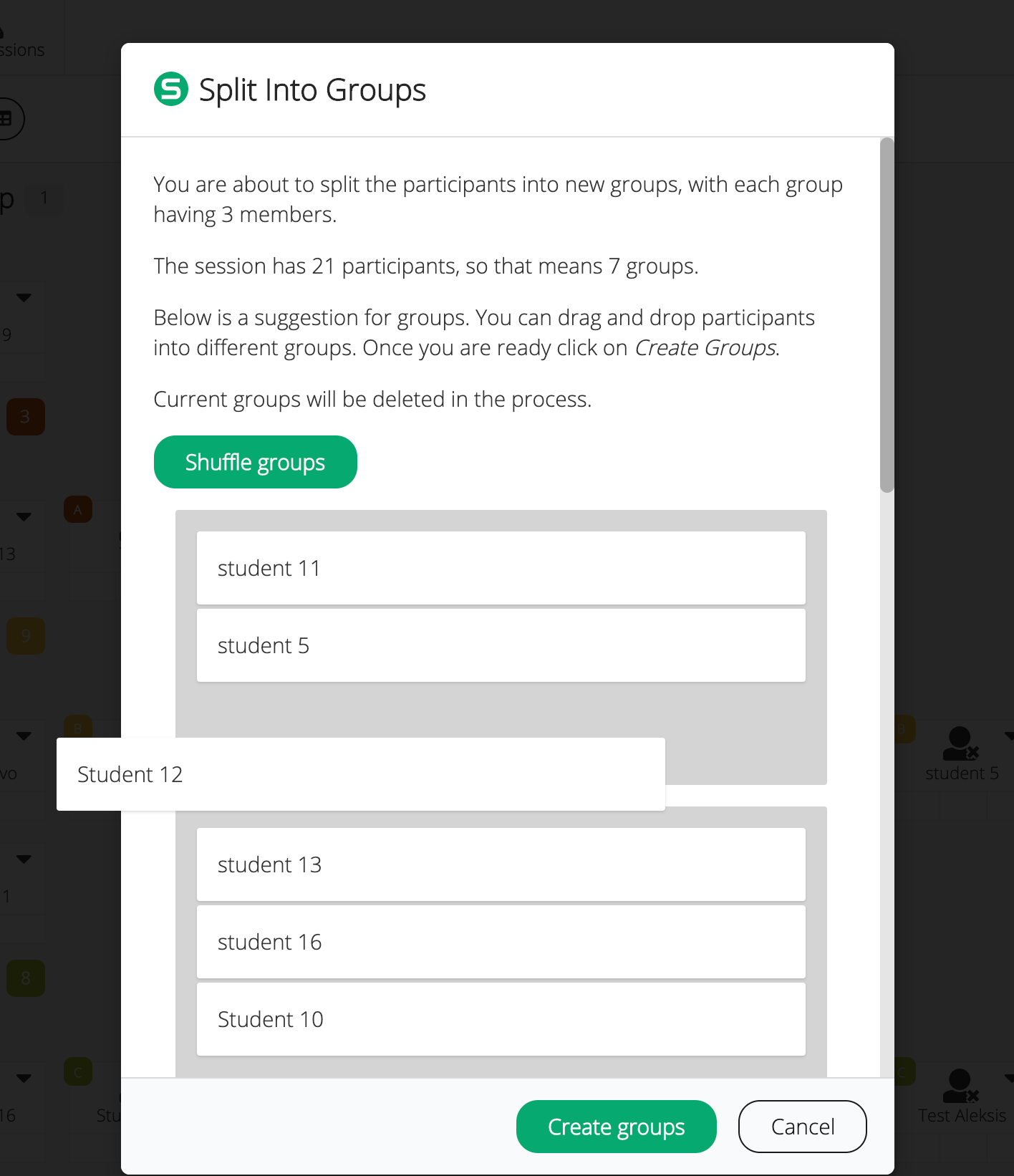The fear of speaking a foreign language exists and is one of the greatest fears that grips people eager to learn a new language. However, it is not an invincible fear. In this article, we will see how by adopting a communicative activity-based teaching methodology and using support tools such as language learning software (or EdTech solutions), it is possible to help students gain more confidence in themselves and alleviate their foreign language speaking anxiety.
What causes foreign language anxiety?
Some people do not find it particularly difficult to hold a conversation in a second language, even if their fluency or accuracy is not the best. Extroversion or some kind of a willingness to challenge oneself can overcome the embarrassment of not being able to pronounce hard-to-spell words such as “Wednesday” or “Eichhörnchen” correctly.
For others, however, having to engage in conversation in a foreign language is an exhausting experience, a source of nervousness and discomfort. Regardless of preparation and study of grammar rules, the moment the time comes to use the foreign language in a real-life situation, many students begin to break out in a cold sweat, stutter, and generally wish they were somewhere else.
Foreign language anxiety is also known clinically as xenoglossophobia (from the ancient Greek “xenos”, foreigner, and “phobia”, fear) and falls into the category of specific anxiety reactions – that is, a type of phobia that emerges within a specific situation.
The anxiety of using a second language in everyday conversations afflicts many students. The statistics on foreign language speaking anxiety estimates that 1/3 of all foreign language students suffer from this condition at some point or another during their learning process. Even those who are well prepared and approach the study of a foreign language with discipline and constancy are not immune from this kind of fear.
But why would a prepared student be afraid to speak a language they know?
This is because the study of a foreign language involves not only cognitive but also emotional processes. According to the Foreign Language Classroom Anxiety Scale developed by Horwitz and Young (1986) fear of speaking a foreign language can be triggered by:
- Communication apprehension
- Fear of negative evaluation
- Test anxiety
According to Horwitz and Young’s definition, these three dimensions are so defined:
Communication apprehension is “a type of shyness characterized by fear of or anxiety about communicating with people”. Fear of negative evaluation means “apprehension about others’ evaluation, avoidance of evaluative situations, and the expectation that others would evaluate oneself negatively”. Finally, test anxiety includes the tests and examinations during language learning and refers to “a type of performance anxiety stemming from a fear of failure”.
Creating an anxiety-free language learning environment
Fortunately, the language teacher has several tools available to help students overcome this blockage.
The teacher can act on several levels. First, it is essential to create a climate of trust and collaboration in the classroom. As it has been noted, a supportive classroom environment is necessary to strengthen students’ motivation and encourage them to practice without fearing negative judgments either from their peers or the teacher. According to a research of the Canadian International Education Studies:
“Creating a learning community that provides the environment for “optimal motivation” (Alderman, 2004), and a “collaborative atmosphere” (Gregersen, 2003) can help reduce fear of errors”.
Second, the teacher can seek to develop a climate of trust not only within the whole class but also in the relationships between individual students. In dealing with students, the teacher can adopt several solutions to help reduce the level of student anxiety. For example, the teacher can use scaffolding techniques to support students as they practice speaking skills or refraining from correcting mistakes during the communication-based exercises.
Finally, most crucially, the teacher can set up a teaching approach that places the development of speaking skills at the heart of the lessons. And this is where the use of Education Technology can make the difference in making the efforts to reduce students’ language anxiety successfully.
Overcoming language anxiety through Education Technology
Language teachers can take advantage of the opportunities provided by language software to provide students with an individual, secure, and always accessible space to practice their speaking skills.
In fact, language software such as Sanako Connect allows teachers to set up speaking exercises that can be done anytime, from anywhere. Within Connect’s online language teaching hub, students can develop their fluency and accuracy with the support and feedback from an automated pronunciation grading system. At the same time, some elements that can be a source of stress in a traditional classroom – the presence of peers, the setting of an oral examination – are absent.
However, for students to overcome their foreign language speaking anxiety, they need to be confronted with everyday conversation scenarios. For this reason, Sanako Connect also allows educators to set up communication-based group and pair discussion activities. In this way, students can be involved in role-playing situations that simulate an everyday conversation.
Particularly useful features are the recording functions that are designed especially for language teaching and learning. With Sanako Connect, language instructors can create oral language assessments and exercises in minutes and allow students to work on those tasks in real-time or leave the session open for continuous self-study.
In conclusion, EdTech products can help educators instill in their students greater confidence in their speaking skills. However, technology can only play its role in a classroom where there is a climate of confidence that encourages students to speak up!
If you’d like to find out more about how Sanako Connect could help to transform your approach to second language teaching, please contact us now to arrange your FREE demo!
This blog post was last updated 5 July, 2023.



